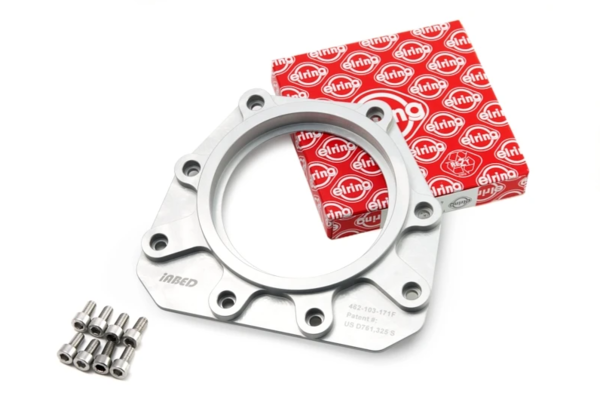Understanding the Rear Main Seal in Manual Transmissions: Functions and Replacement Indicators
The rear main seal is a crucial component in the manual transmission system, ensuring that your vehicle operates smoothly and efficiently. Despite its importance, many drivers may not be familiar with this essential part or know when it’s time for a replacement. In this blog post, we will explore the rear main seal’s functions, how to identify when it needs to be replaced, and the replacement process itself.
What is a Rear Main Seal in Manual Transmissions?
A rear main seal is a circular, flexible gasket that seals the gap between the engine block and the transmission bellhousing. It is located around the rear end of the crankshaft, ensuring a tight connection between these two critical components. Its primary role in manual transmissions is to prevent oil from leaking out of the engine and into the clutch assembly.
Functions of the Rear Main Seal
Preventing oil leaks
The rear main seal is crucial in maintaining proper lubrication of transmission components by keeping engine oil from escaping. Additionally, it protects the clutch assembly from contamination, as oil exposure can lead to reduced performance and potential damage.
Preserving the performance of the engine and transmission
By preventing oil leaks and maintaining proper lubrication, the rear main seal ensures smooth operation of both the engine and the transmission. This, in turn, extends the lifespan of related components and helps avoid costly repairs down the line.
Common Symptoms of a Failing Rear Main Seal
Oil leaks and spots
One of the most obvious signs of a failing rear main seal is visible oil leaks from the bellhousing area. You may also notice oil spots on the ground beneath your vehicle when parked.
Clutch performance issues
A compromised rear main seal can lead to clutch slippage and difficulty in shifting gears, as oil contamination can reduce the clutch’s effectiveness.
Unusual noises
Grinding or squeaking sounds during gear shifts, as well as whining or humming sounds when the engine is running, may indicate a failing rear main seal.
If you experience any of the symptoms mentioned above, it’s essential to assess the situation and determine whether a rear main seal replacement is necessary. Start by conducting a visual inspection of the area around the bellhousing for oil leaks. If you’re unsure, consult a professional mechanic for a definitive diagnosis. Weigh the costs and benefits of replacing the rear main seal and consider the potential consequences of not addressing the issue promptly.
The rear main seal replacement process is a labor-intensive task that involves removing the transmission from the vehicle. While some experienced DIY enthusiasts may attempt this repair, it’s generally recommended to hire a professional mechanic to ensure a successful replacement.


